Chevrolet Tahoe Vs GMC Yukon: Which of These Full-Size GM SUVs is the Better Buy?
Full-size SUVs fill a specific niche in today’s automotive marketplace. They’re designed to appeal to drivers who need the towing of a pickup truck but want a vehicle with three rows of seating and a fully enclosed cargo area.
Two of the best-known models in the full-size SUV class are the Chevrolet Tahoe and GMC Yukon, a pair of General Motors models that, like all of their competitors, share their basic underpinnings with pickup trucks – in this case, the Chevrolet Silverado and GMC Sierra.
The Tahoe and Yukon compete directly with a few other pickup truck-based SUVs: one is the Ford Expedition, which shares its platform with the F-150 pickup; another is the Toyota Sequoia, which Toyota builds on the same underpinnings as the Tundra; and finally, the Nissan Armada, a relative of the Titan pickup.
Get a Quote on a New Chevrolet Tahoe or GMC YukonDespite the fact that the Chevrolet Tahoe and GMC Yukon are nearly identical mechanically and structurally, these two SUVs also compete against each other. Therefore, there are some things that set the Tahoe and Yukon apart from each other, so if you’re shopping for a full-size SUV, both models are worth considering. Read on and we’ll tell you why you might want a Tahoe instead of a Yukon, or vice versa.
Cabin Space
Tahoe: Chevrolet’s legroom measurements for the Tahoe are 44.5 inches in the front seats, 42 inches in the second row of seating, and 34.9 inches for third-row passengers
Front-seat headroom measures 42.3 inches, the second row offers 38.9 inches of headroom, and the Chevrolet Tahoe’s third row has 38.2 inches of headroom.
Yukon: The GMC Yukon’s headroom and legroom measurements are identical to those of the Tahoe.
Bottom Line: This category is a tie, as these two full-size SUVs both offer the same amount of passenger space in all three rows of seating.
Powertrains
Tahoe: You can buy a Chevrolet Tahoe with three different powertrains. LS, LT, RST, Premier, and Z71 trims all start with a 5.3L V8 that makes 355 hp and 383 lb-ft of torque. High Country comes standard with a 3.0L inline six turbodiesel with 277 hp and 460 lb-ft of torque, an engine that is optional in LS, LT, RST and Premier trims. Finally, High Country’s powertrain option is a 6.2L V8 making 420 hp and 460 lb-ft of torque.
Every Tahoe engine is mated to a 10-speed transmission; 2WD is standard and 4WD is optional in all trims except for Z71, which gets 4WD as standard.
SEE ALSO: Chevrolet Tahoe vs Nissan Armada Comparison: Goliath vs GoliathYukon: In the GMC Yukon, SLE, SLT, and AT4 trims are standard with a 5.3L V8 with the same horsepower and torque ratings as that in the Tahoe. If you choose a Yukon Denali, you get a 3.0L turbodiesel that makes the same 277 hp and 460 lb-ft as it does in the Chevrolet. The Denali trim’s option is a 6.2L V8 with 420 hp and 460 lb-ft.
A 10-speed automatic transmission is standard across the line. Your default driveline choice in most trims is 2WD: only AT4 is standard with 4WD, and 4WD is optional in all other trims.
Bottom Line: The Chevrolet Tahoe and GMC Yukon offer the same powertrain options, so in this category, these two full-size SUVs are tied.
Cargo and Towing
Tahoe: Chevrolet says the Tahoe can accommodate up to 122.9 cu.-ft. of cargo with the second and third rows of seats folded. That figure falls to 72.6 cu.-ft. behind the second-row seats, and with all three rows of seating in place, there is 25.5 cu.-ft. behind the third row.
With the Chevrolet Tahoe, you can tow as much as 8,400 lbs with the 5.3L V8 and 2WD; that falls to 8,300 lbs with the 6.2L V8 and 8,200 lbs with the turbodiesel.
Yukon: As it is in the cabin space comparison, the GMC Yukon’s cargo volume figures are the same as those for the Chevy Tahoe.
The GMC Yukon’s maximum towing capacity matches the Tahoe’s at 8,400 lbs with the 5.3L V8 engine. Meanwhile, a Yukon is rated to tow 8,200 lbs with the 6.2L V8 and 8,100 lbs with the turbodiesel.
Bottom Line: While the Tahoe and Yukon are an exact match in terms of cargo capacity, the Tahoe is the better choice for towing, as it can haul 100 lbs more than the Yukon with either the 6.2L V8 or the diesel.
Fuel Economy
Tahoe: Chevrolet’s fuel economy estimates start with the 3.0L diesel engine and 2WD, which is rated at 21 mpg in city driving, 28 mpg on the highway, and 24 mpg in combined driving. If you add 4WD to a diesel Tahoe, its fuel economy ratings drop to 20 mpg city, 26 mpg highway, and 22 mpg combined.
With the 5.3L gasoline V8, whether you choose 2WD or 4WD, your Tahoe should get 16 mpg city, 20 mpg highway, and 18 mpg combined. The exception is Z71, whose 5.3L and 4WD combination is rated for 15 mpg in the city, 20 mpg on the highway, and 17 mpg combined.
A 6.2L Tahoe with 2WD is rated for 14 mpg city, 20 mpg highway, and 16 mpg combined, and 4WD reduces those estimates to 13 mpg city, 19 mpg highway, and 16 combined.
SEE ALSO: 2021 Chevrolet Tahoe Diesel Review: When You Get It RightYukon: In the GMC Yukon, the 3.0L diesel and 2WD combination is rated for 21 mpg city and 27 mpg highway, for a combined estimate of 23 mpg. If you add 4WD, your estimates fall to 20 mpg city, 26 mpg highway, and 22 mpg combined.
With the 5.3L gas V8 and 2WD, you can expect 16 mpg in city driving and 20 mpg on the highway, for a combined figure of 18 mpg. Those estimates remain the same when you add 4WD. The only difference is the AT4 model, which is rated for 15 mpg city, 20 mpg highway, and 18 mpg combined.
Finally, if you choose the Yukon Denali’s 6.2L V8, 2WD comes with ratings of 14 mpg in the city, 20 mpg on the highway, and 16 mpg combined, while a 4WD model should get 14 mpg city, 19 mpg highway, and 16 mpg combined.
Bottom Line: If you prioritize fuel economy over all else, choose a Chevrolet Tahoe with the turbodiesel, which is slightly more economical than the GMC Yukon with the same engine. However, if you’re shopping for one of these SUVs with the 6.2L V8 and 4WD, choose the Yukon, as its city fuel economy is a bit better than the Tahoe’s.
Safety
Tahoe: Every Chevrolet Tahoe comes with forward collision alert with pedestrian detection and city-speed automatic braking that works under 50 km/h, a following distance indicator, LED headlights with automatic high beam headlights, LED taillights, rear park assist, and tire pressure monitoring.
Blind spot monitoring, lane change alert, lane departure warning, and lane-keep assist are all optional. So is an enhanced automatic emergency braking system that works at all vehicle speeds. You can also pay extra for surround vision camera views.
Yukon: To the Tahoe’s list of standard driver safety assist items the Yukon adds LED fog lights (the Tahoe’s feature list doesn’t include fog lights of any type); the Yukon also includes blind-spot monitoring, lane change alert, lane keep assist, and lane departure warning, all of which are optional in the Tahoe.
Bottom Line: If safety is a key driver of your vehicle purchase decisions, the GMC Yukon comes with more driver assists than the Chevrolet Tahoe, so it gets the win in this category.
Tech and Features
Tahoe: Key standard features in the Chevrolet Tahoe’s base LS trim include 18-inch wheels, heated/power-adjustable side mirrors, a 10.2-inch infotainment display, Apple CarPlay/Android Auto, passive keyless entry, a leather-trimmed steering wheel with manual tilt and telescope, three-zone automatic A/C, and rain-sensing wipers.
You have to move up to LT trim to get heated front seats, an auto-dimming rearview mirror, a nine-speaker stereo (in place of the standard six-speaker setup), power front seats with two-way lumbar, leather seating, and a hands-free tailgate.
Tahoe Z71 is an off-road-oriented package with all-terrain tires and a different front bumper to let the truck climb steeper grades.
The RST package brings 22-inch wheels. Meanwhile, Premier downgrades to 20-inch wheels and adds auto-dimming side mirrors, chrome exterior trim, front seats with four-way lumbar, an 8.0-inch driver info display, a 10-speaker stereo, navigation, heated second-row seats, blind-spot monitoring with lane keep assist/departure warning, rear cross-traffic alert, power steering column, electric-release second-row seats, perforated leather upholstery, and ventilated front seats.
At the top of the Tahoe range is the High Country trim level, which gets 22-inch wheels, a head-up driver display, a rear camera mirror with washer, and rear pedestrian alert.
Yukon: In the GMC Yukon, base SLE models are equipped similarly to the Tahoe LS, while Yukon SLT adds the comfort of ventilated front seats.
An AT4 option is the Yukon’s off-road offering, with all-terrain tires and a trim-specific front bumper.
Atop the range is the Yukon Denali, which gets auto-dimming side mirrors, along with largely the same list of items as the Tahoe High Country.
Bottom Line: If you look strictly at which Tahoe and Yukon trim levels add certain features, it appears that you get a couple more comfort and convenience items in the Yukon’s lesser trims than in the Tahoe. For that, we give the Yukon a narrow win in this category, but for the full picture, you need to also consider these SUVs’ prices, which we’ll look at in detail in the next section.
Pricing
Tahoe: Chevrolet’s starting price tag for a 2WD Tahoe is $51,295 for LS trim. Next up the line is LT, at $55,995, RST at $59,095, and the Premier package at $64,495. Topping the 2WD range is High Country at $71,395.
If you need 4WD traction, prices start at $54,295 for LS trim. Then, it’s $58,995 for LT 4WD, $61,195 for Z71 (the only Tahoe model that comes standard with 4WD), and $62,095 for RST 4WD. When you get close to the top of the Tahoe 4WD range, prices are $67,495 for Premier and $71,395 for High Country.
Yukon: On the Yukon’s side of the ledger, the entry price is $52,695 for a 2WD model in SLE trim. From there, it’s $59,695 for SLT, and $70,295 for Denali.
With 4WD, the Yukon’s opening offer is $55,695 for SLE trim, which swells to $62,695 in SLT form. Yukon AT4 is the only one that includes 4WD as standard, and it goes for $66,795. Your top option is Denali 4WD, which comes in at $73,295.
Bottom Line: Picking a winner in this category depends on whether you’re looking for a relatively basic big SUV, or one with most or all available standard features. The Chevrolet Tahoe is more affordable in its entry-level trims, but the GMC Yukon’s top Denali model costs less than Tahoe’s luxurious High Country package. We’re going to give the Tahoe the win here because of its lower price of entry, and the fact that spending less doesn’t come with any penalties in towing, cargo or passenger capabilities.
Verdict: Chevrolet Tahoe vs. GMC Yukon
As you may have guessed, this comparison between the Chevrolet Tahoe and GMC Yukon was a very close one. These two SUVs’ specs are so similar that, on paper, it would be difficult to tell one from the other.
But upon closer inspection, some differences emerge that set these two large SUVs apart, albeit in specific and minor ways.
Those distinctions gave the GMC Yukon the edge in three of our seven categories, while the Tahoe got the nod in two. Add in two ties and the GMC Yukon wins this specs comparison by the narrowest of margins.
If you put a high value on towing and/or a lower purchase price, the Chevrolet Tahoe is the better choice; but if thrifty fuel economy and a long list of standard tech and safety features are important to you, that makes the Yukon the wiser option overall.
With all that said, if you’re a General Motors fan shopping for a full-size SUV, you would do well to choose either the Tahoe or Yukon.
Become an AutoGuide insider. Get the latest from the automotive world first by subscribing to our newsletter here.
More by Chris Chase



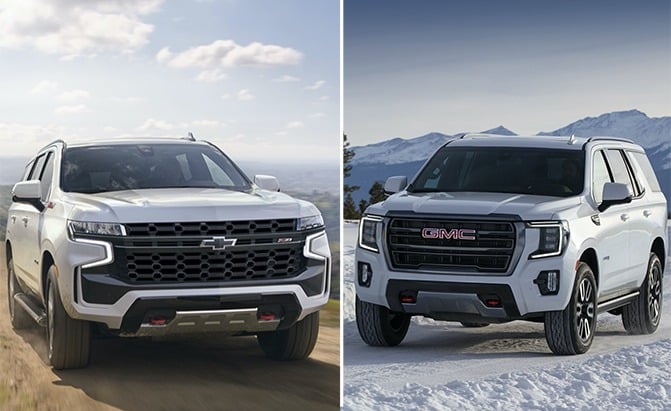
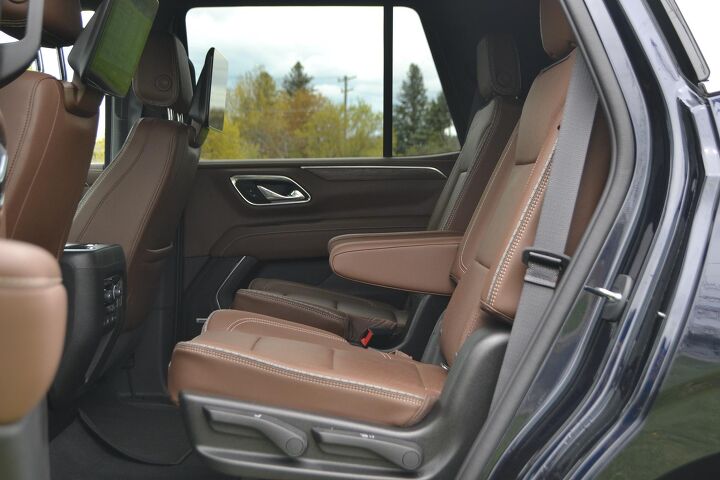

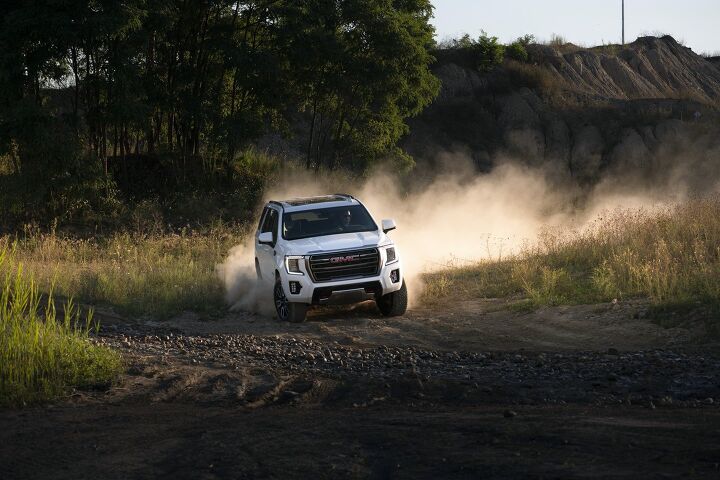






















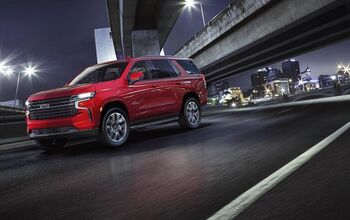
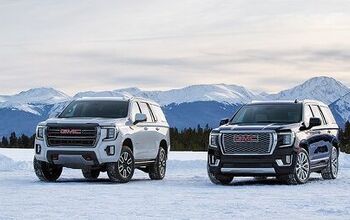
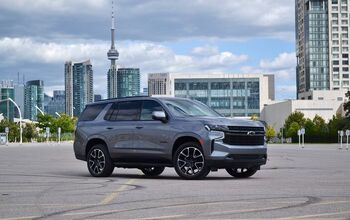

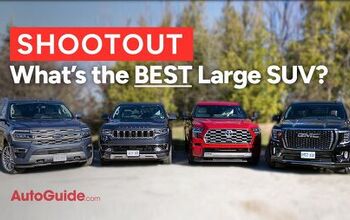





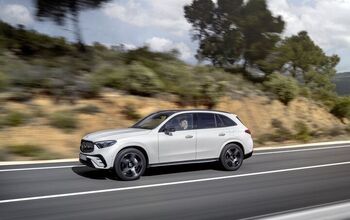

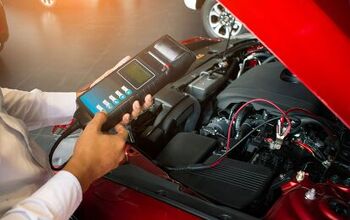



Comments
Join the conversation
We are looking for a 2022 Chevy Tahoe Z71 We currently have a 2020 Tahoe
Is it red with maple sugar or sandy dune interior?